The question of whether reptiles experience loneliness often arises among pet owners and wildlife enthusiasts alike. Unlike mammals, which frequently display clear social structures and emotional responses to isolation, reptiles present a more complex and nuanced picture. Their seemingly impassive demeanor and solitary habits in the wild lead many to wonder: do these ancient creatures truly prefer solitude, or might they experience some form of social needs? This article explores the fascinating world of reptilian psychology, behavior, and social structures to better understand whether reptiles can feel lonely and what that might mean for both wild populations and captive pets.
The Evolutionary Background of Reptilian Social Behavior
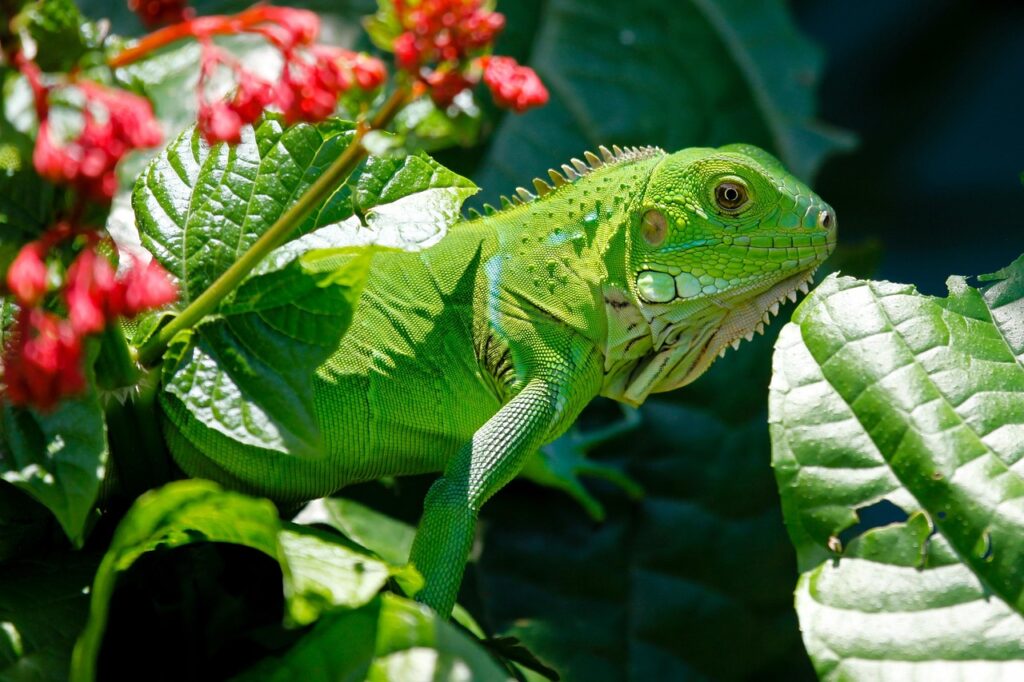
Reptiles evolved over 300 million years ago, developing along significantly different evolutionary paths than mammals and birds. This long-separated evolutionary history means their brains developed with different priorities and structures. While mammals evolved complex limbic systems that process emotions and social bonds, reptiles developed brains primarily focused on survival instincts, territorial behavior, and reproduction. This fundamental difference in brain evolution and structure provides the foundation for understanding reptilian behavior. Most reptile species evolved as solitary hunters or foragers, with minimal need for social cooperation for survival. Their evolutionary success has largely depended on individual fitness rather than group dynamics, which has profound implications for how we interpret their social needs.
The Neurological Capacity for Loneliness
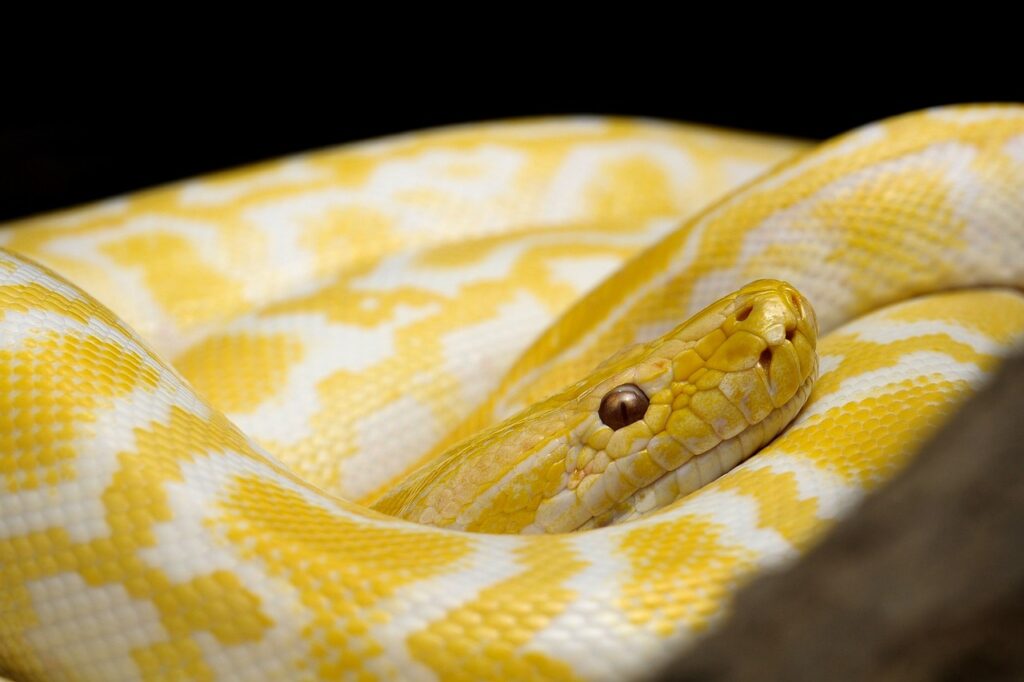
When we discuss loneliness in animals, we must consider the neurological hardware required to experience such a complex emotion. Mammals possess a highly developed limbic system that processes emotions including social attachment, separation anxiety, and loneliness. Reptiles, by contrast, have a more primitive brain structure lacking the same neural architecture for processing complex emotions. Their brains focus primarily on the R-complex (reptilian brain) which manages basic survival functions, territorial behavior, and reproduction. This neurological difference doesn’t necessarily mean reptiles can’t experience any form of social need, but it does suggest they likely don’t experience loneliness in the way mammals do. Any social behaviors in reptiles likely stem from evolutionary advantages rather than emotional needs for companionship.
Natural Social Behaviors in Wild Reptiles
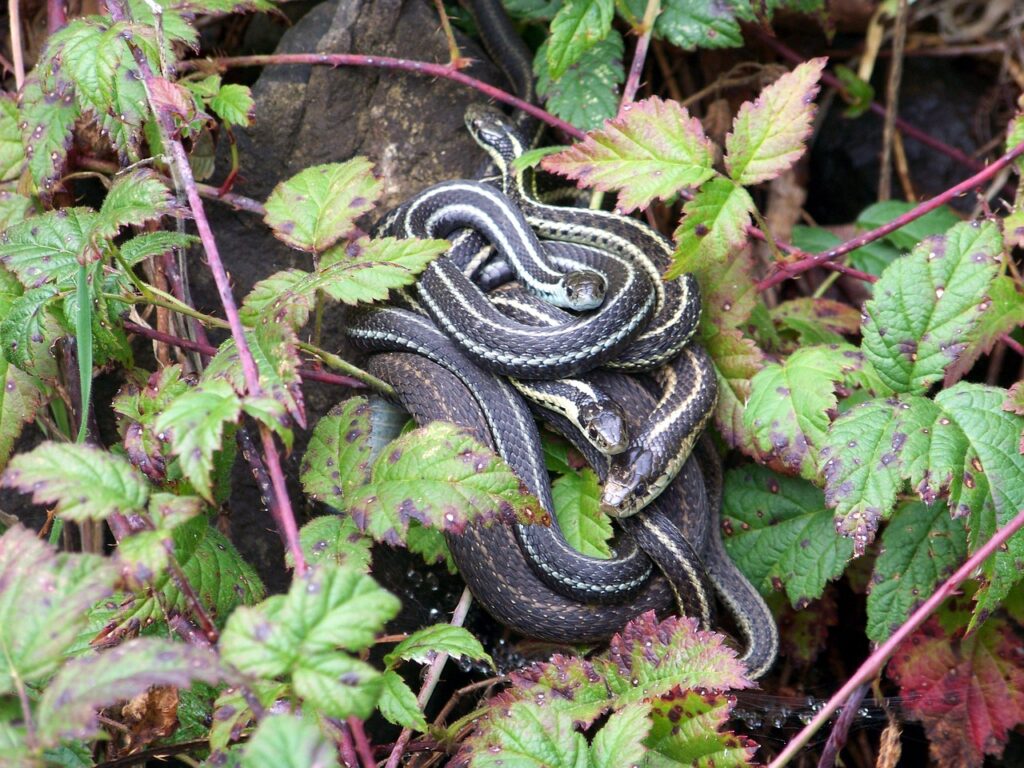
Despite their reputation for solitude, some reptiles display fascinating social behaviors in the wild that challenge our assumptions. Certain species of lizards, such as desert night lizards, have been observed sharing retreats with family members, while some skink species demonstrate parental care. Garter snakes famously form large communal hibernation dens called “hibernacula” during winter months, gathering in groups that can number in the thousands. Alligators and crocodiles also show complex social hierarchies and even parental care, with mothers guarding nests and carrying hatchlings in their mouths to water. These natural social behaviors don’t necessarily indicate emotional bonding but rather evolved strategies that enhance survival in specific ecological contexts. Understanding these natural behaviors provides important context for interpreting reptile behavior in captivity.
Species Differences in Social Needs
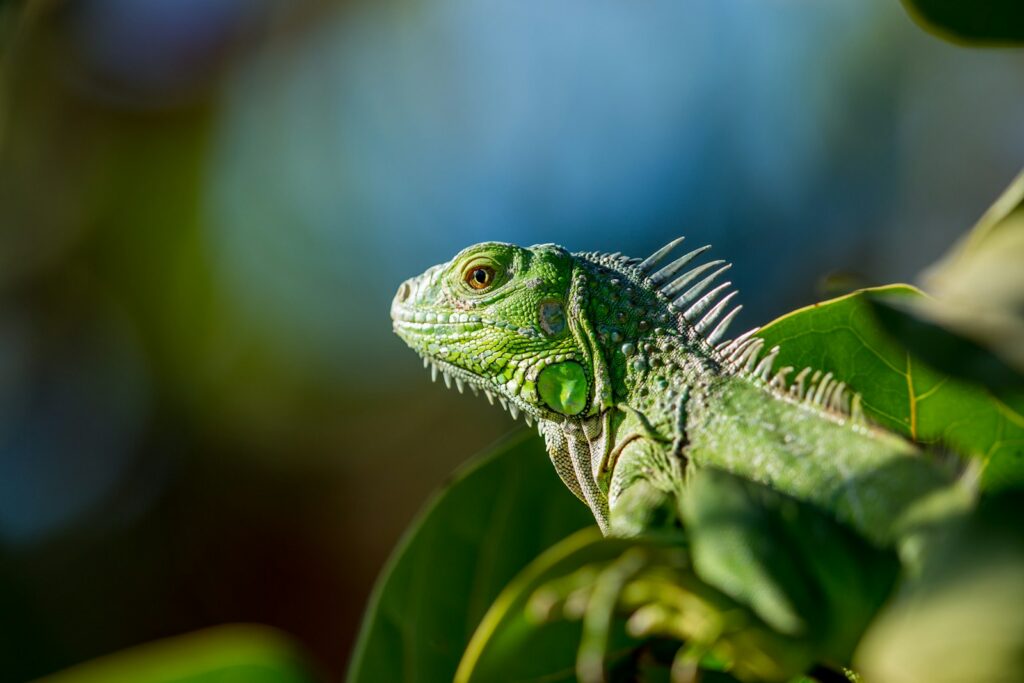
The reptile world encompasses remarkable diversity, with over 10,000 species displaying vastly different social tendencies. Some species, like many geckos, can cohabitate peacefully and may even engage in simple social interactions. Green iguanas may bask together in the wild, establishing loose social structures with dominant individuals. On the opposite end of the spectrum, many snake species and territorial lizards like bearded dragons typically avoid conspecifics except during breeding season, with males potentially fighting when territories overlap. Certain species of tortoises may also congregate around resources but generally maintain individual spaces. These significant differences highlight why generalizing about reptilian social needs is problematic. When considering whether reptiles get lonely, it’s essential to evaluate species-specific behaviors rather than applying a one-size-fits-all understanding.
Stress Responses to Isolation vs. Companionship
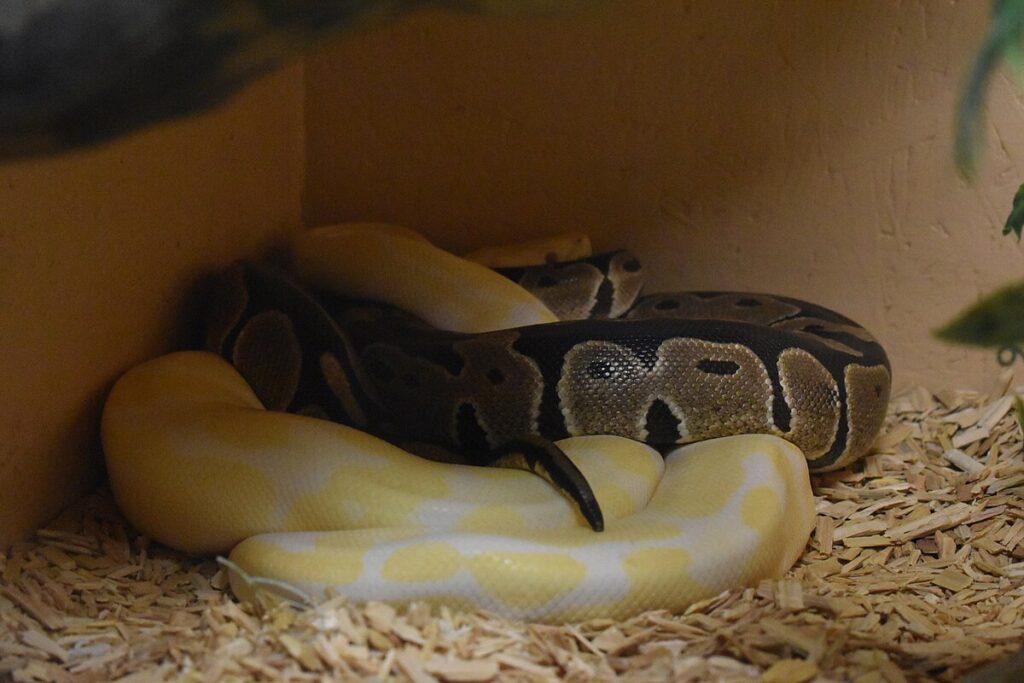
When studying reptile well-being, researchers often examine physiological stress responses rather than emotional states. For many reptile species, forced companionship can actually trigger stress responses including elevated cortisol levels, reduced appetite, increased defensive behaviors, and compromised immune function. A solitary species like a ball python may show these stress indicators when housed with another snake, suggesting that companionship, rather than isolation, is the stressor. Conversely, some naturally gregarious species might show similar stress responses when kept in isolation, though this is less common. These physiological responses provide objective measures that help us understand reptilian preferences without anthropomorphizing their experiences. By monitoring stress hormones and behaviors, caretakers can better determine the appropriate social environment for different reptile species.
Environmental Enrichment vs. Social Enrichment
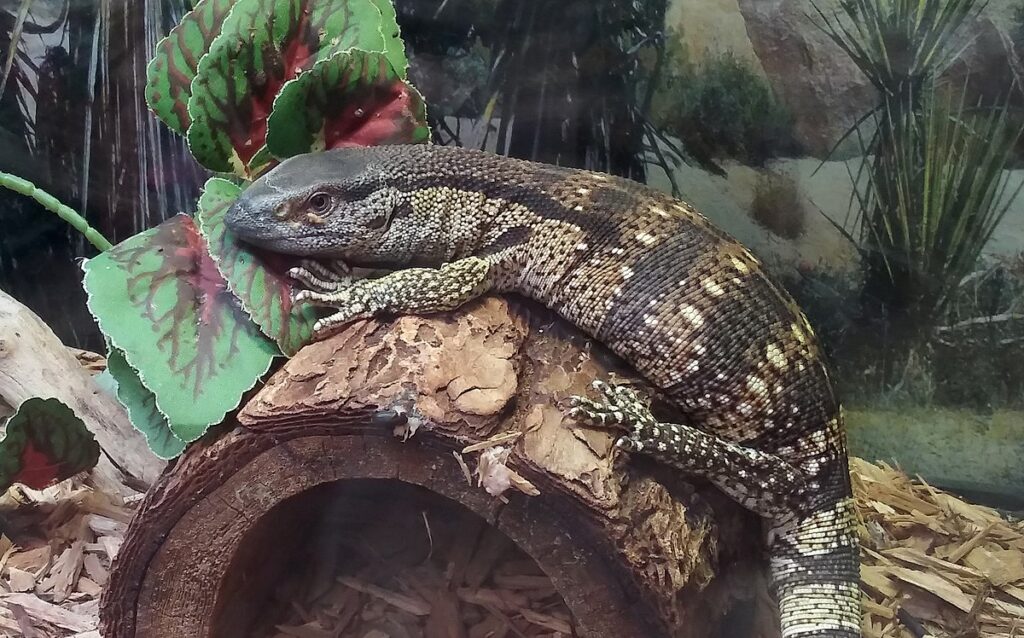
For reptiles, environmental enrichment often proves far more important than social companionship for psychological well-being. A rich, stimulating habitat with varied textures, climbing opportunities, hiding spots, and temperature gradients typically contributes more to a reptile’s welfare than the presence of conspecifics. Many reptiles thrive when given complex environments that allow natural behaviors like climbing, burrowing, basking, and hunting. These environmental factors often satisfy a reptile’s psychological needs more effectively than social interaction would. In fact, research has shown that environmental complexity can reduce stress behaviors and increase activity levels in many reptile species. This suggests that rather than focusing on potential loneliness, reptile keepers should prioritize creating naturalistic, enriched environments that allow for species-appropriate behaviors.
Human Interaction and Reptilian Response
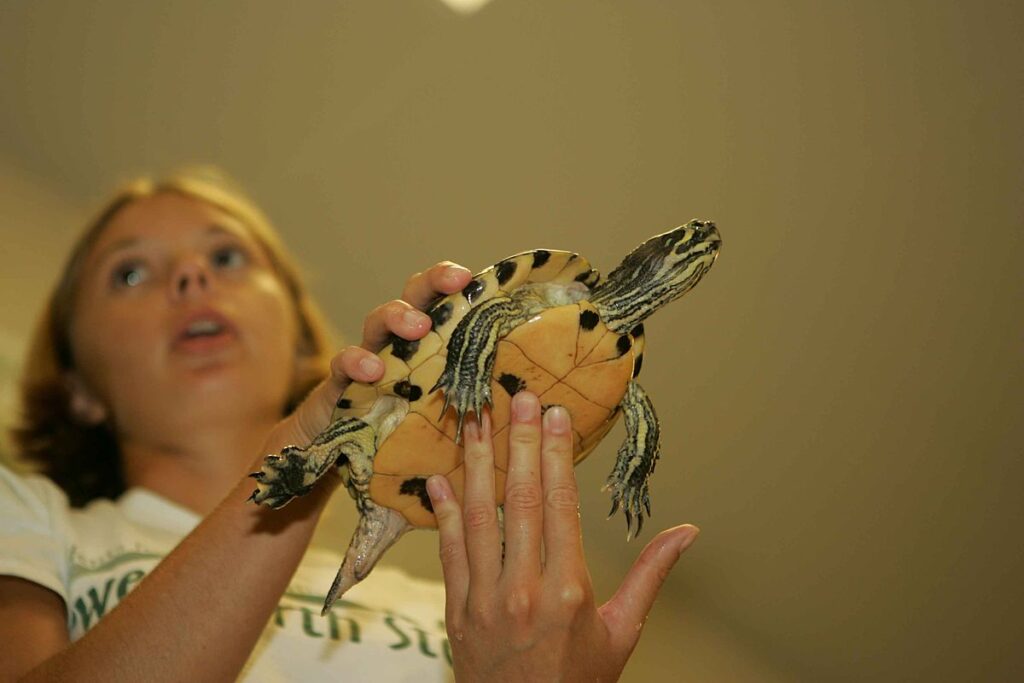
Many reptile owners report that their pets appear to recognize them and even seek interaction, raising questions about reptiles’ capacity for social bonding with humans. While reptiles can certainly become habituated to human handling and may associate people with positive outcomes like food, the nature of these relationships differs fundamentally from mammalian pet-owner bonds. Studies have shown that some reptiles can distinguish between familiar and unfamiliar humans, with reduced defensive responses to regular handlers. Certain species, particularly some monitors and tegus, appear more responsive to human interaction and may actively seek out handling or attention. However, this behavior likely represents positive association rather than emotional attachment. When reptiles approach their owners, they’re typically responding to learned associations with food, warmth, or security rather than seeking emotional connection.
The Risks of Anthropomorphism
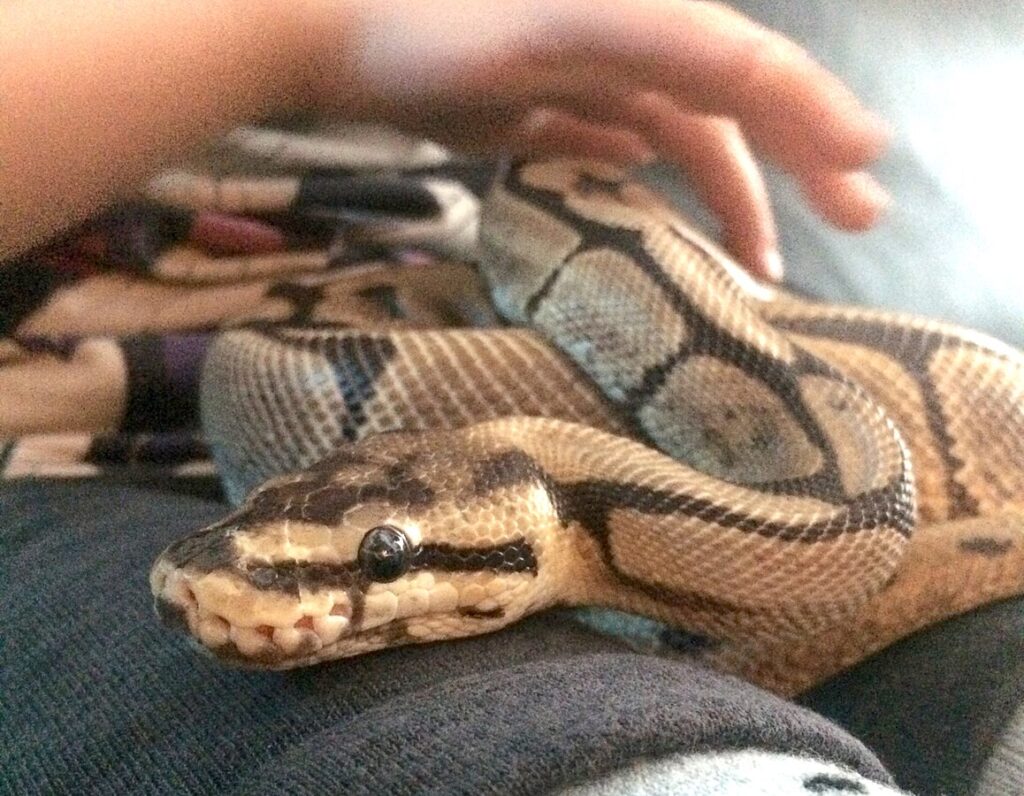
Anthropomorphism—attributing human emotions and motivations to non-human animals—presents particular challenges when understanding reptile behavior. When we project our social needs onto these ancient creatures, we risk misinterpreting their behaviors and potentially compromising their welfare. What might look like “loneliness” to a human observer could actually be normal reptilian behavior or a response to environmental factors like temperature, lighting, or habitat design. This misinterpretation can lead to problematic housing decisions, such as forcing naturally solitary species to cohabitate, which often results in stress, aggression, or resource competition. Rather than asking if reptiles experience loneliness as humans understand it, a more productive approach focuses on species-specific behaviors and stress indicators. By respecting reptiles on their own evolutionary terms rather than through a mammalian lens, we can better meet their actual needs.
Reptiles That May Benefit From Companionship

While most reptiles thrive in solitude, some species show signs of tolerating or potentially benefiting from conspecific companionship under certain circumstances. Certain gecko species, including house geckos and some day geckos, may cohabitate successfully and engage in non-aggressive interactions when provided sufficient space and resources. Some tortoise species, particularly juveniles, sometimes show increased activity levels and feeding behaviors when housed with compatible companions. Certain anole species display complex social structures in the wild and may adapt well to group living in captivity when given appropriate space. Garter snakes, which naturally aggregate in the wild, sometimes demonstrate more natural behaviors when kept in small groups. However, even for these more social species, proper habitat design with multiple basking spots, hiding areas, and feeding stations remains essential to prevent resource competition and stress.
Reptiles That Should Always Be Housed Alone
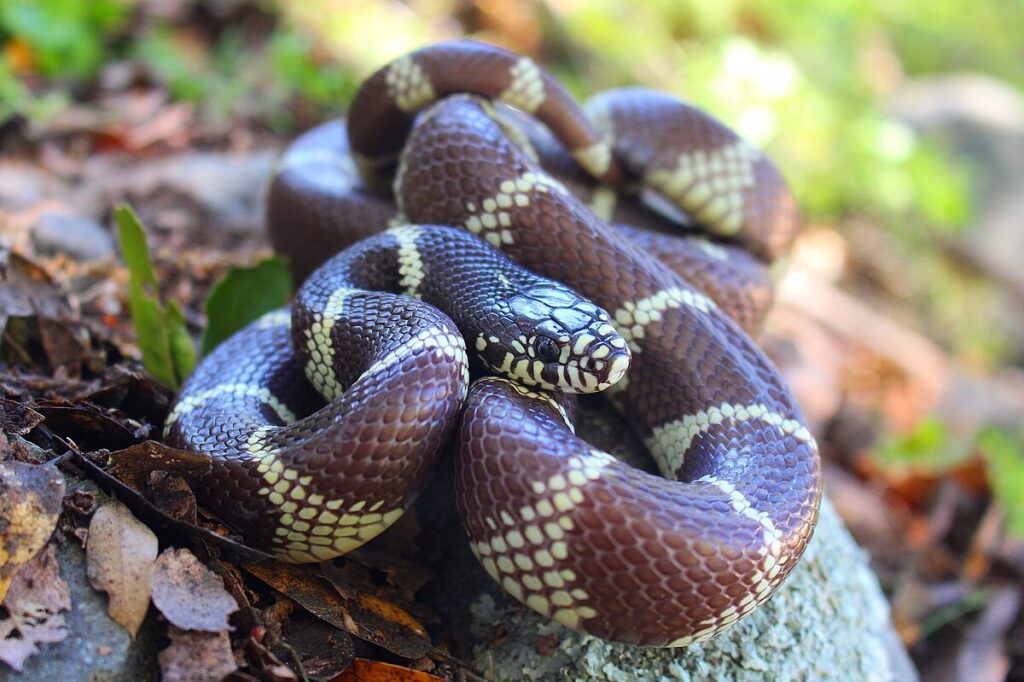
Many reptile species should unequivocally be housed individually due to their natural territorial behaviors and solitary nature. Most snake species, including ball pythons, corn snakes, and kingsnakes, should be kept alone except during carefully supervised breeding attempts, as they may become stressed or even aggressive toward conspecifics. Bearded dragons, despite their popularity and seemingly social demeanor with humans, are territorial in nature and males will typically fight if housed together, while females may also show aggression. Chameleons represent perhaps the most solitary of popular pet reptiles, showing significant stress when even able to see another chameleon, with visual barriers often recommended between enclosures. Many monitor lizard species and crocodilians should also be housed individually due to their territorial nature and potential for serious injury during conflicts. For these species, solitary housing isn’t deprivation but rather respect for their natural behavioral patterns.
Signs of Stress in Reptiles
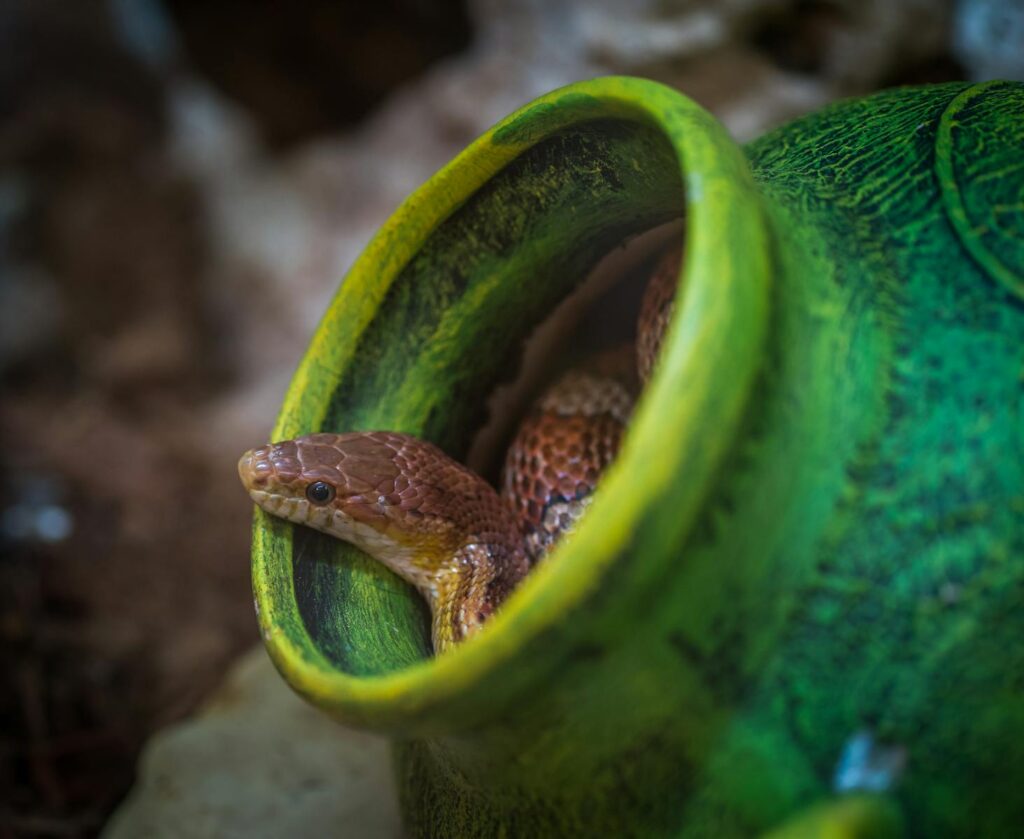
Unlike mammals, which may vocalize or display obvious distress when lonely, reptiles communicate their discomfort through more subtle behavioral and physical changes. Common signs of stress include reduced appetite or complete food refusal, which often serves as an early warning sign of discomfort. Increased hiding behavior beyond what’s normal for the species or, conversely, unusual hyperactivity and glass surfing (repeatedly pacing along terrarium walls) can indicate stress. Physical symptoms might include weight loss, dull coloration, excessive shedding problems, or closed eyes during normal active periods. Aggressive displays toward handlers or cage mates that weren’t previously present may also signal stress. These indicators help reptile keepers determine whether an animal is experiencing distress, whether from inappropriate social situations or other husbandry issues. Regular observation and documentation of normal behavior establishes a baseline that makes stress easier to identify.
Best Practices for Reptile Social Management
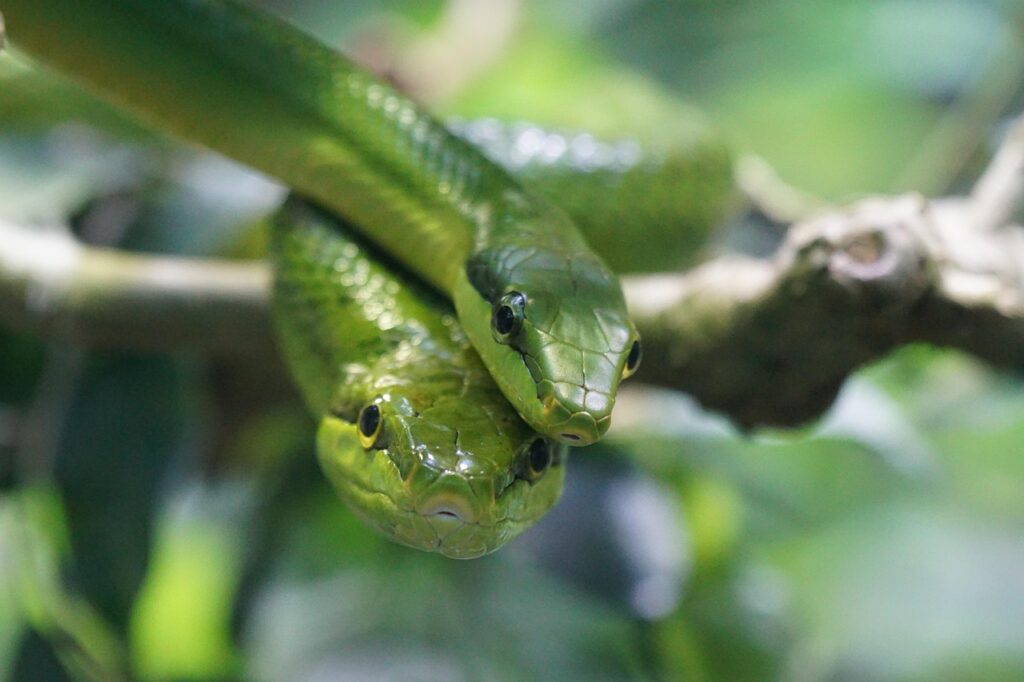
When managing reptiles’ social environments, species-specific approaches based on scientific understanding rather than human projection yield the best results. For naturally solitary species, providing visual barriers between enclosures can prevent stress from seeing potential competitors or predators. When housing naturally gregarious species together, always ensure the habitat is significantly larger than would be required for a single animal, with multiple basking spots, hiding areas, and feeding stations to minimize competition. Careful monitoring for signs of stress or aggression remains essential, even among supposedly compatible individuals. Introductions should occur in neutral territory when possible, and new companions should be quarantined to prevent disease transmission. For many reptile owners, providing environmental enrichment through habitat complexity, occasional supervised exploration outside the enclosure, and positive human interactions during feeding or gentle handling often better serves their pet’s well-being than introducing conspecific companions.
Conclusion: Respecting Reptilian Nature
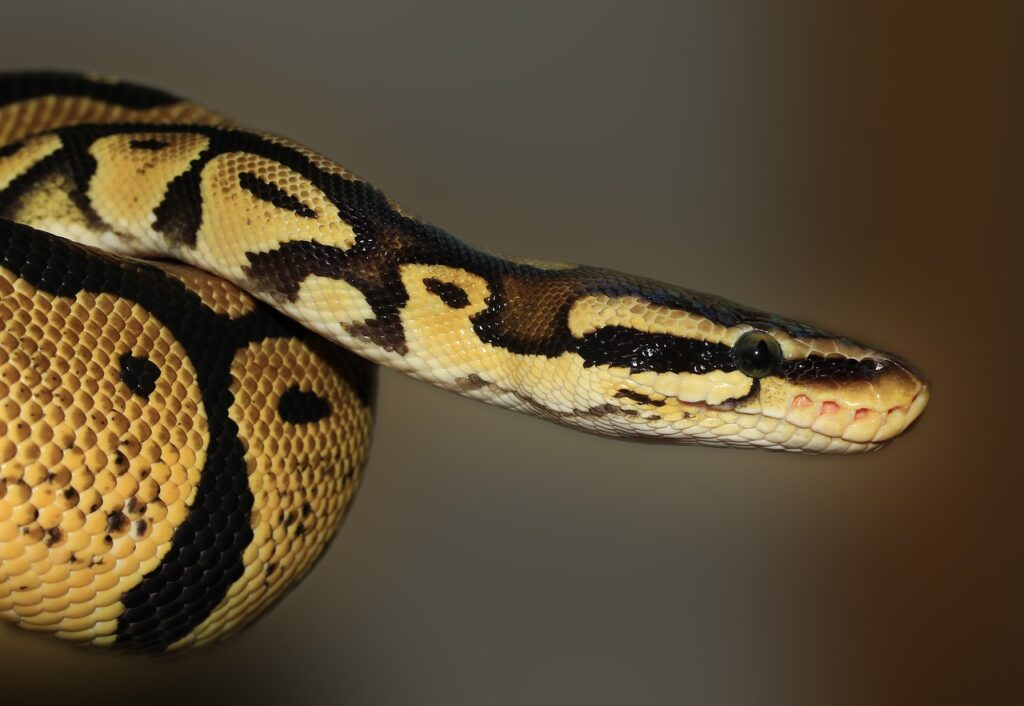
The question “Do reptiles get lonely?” ultimately reflects our human perspective rather than reptilian reality. While certain species show social behaviors and may tolerate or even benefit from appropriate companionship, most reptiles have evolved as solitary creatures with neurological systems that likely process social experiences very differently than mammals do. Rather than anthropomorphizing these ancient animals by projecting our social needs onto them, responsible reptile keeping focuses on understanding and respecting each species’ natural history and biological requirements. For most reptiles, a spacious, enriched environment that enables natural behaviors contributes far more to welfare than social companionship. By approaching reptiles on their own evolutionary terms—appreciating their remarkable adaptations and unique needs—we can provide better care that truly addresses their well-being, whether that means solitary living or carefully managed social arrangements. The key lies not in wondering if reptiles experience loneliness as we understand it, but in learning what each species truly needs to thrive.

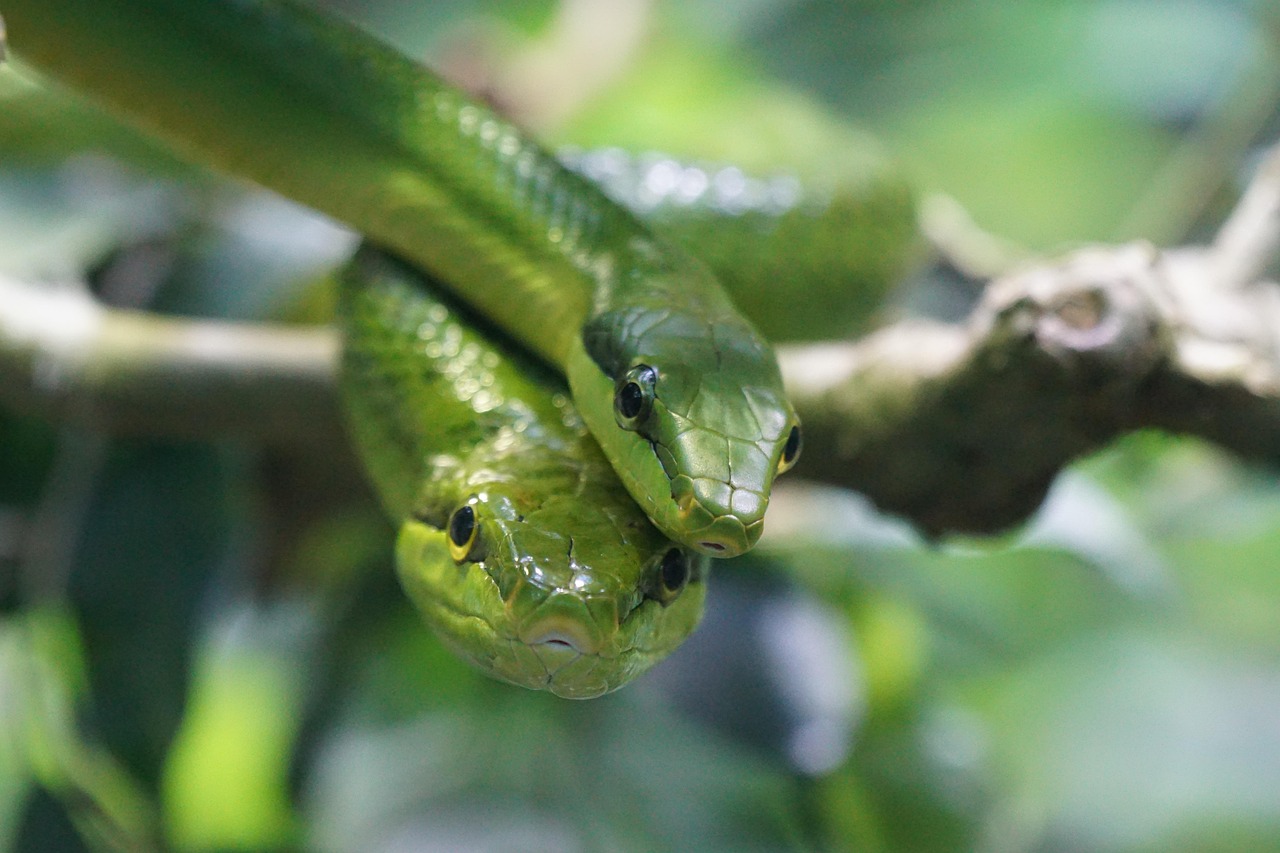


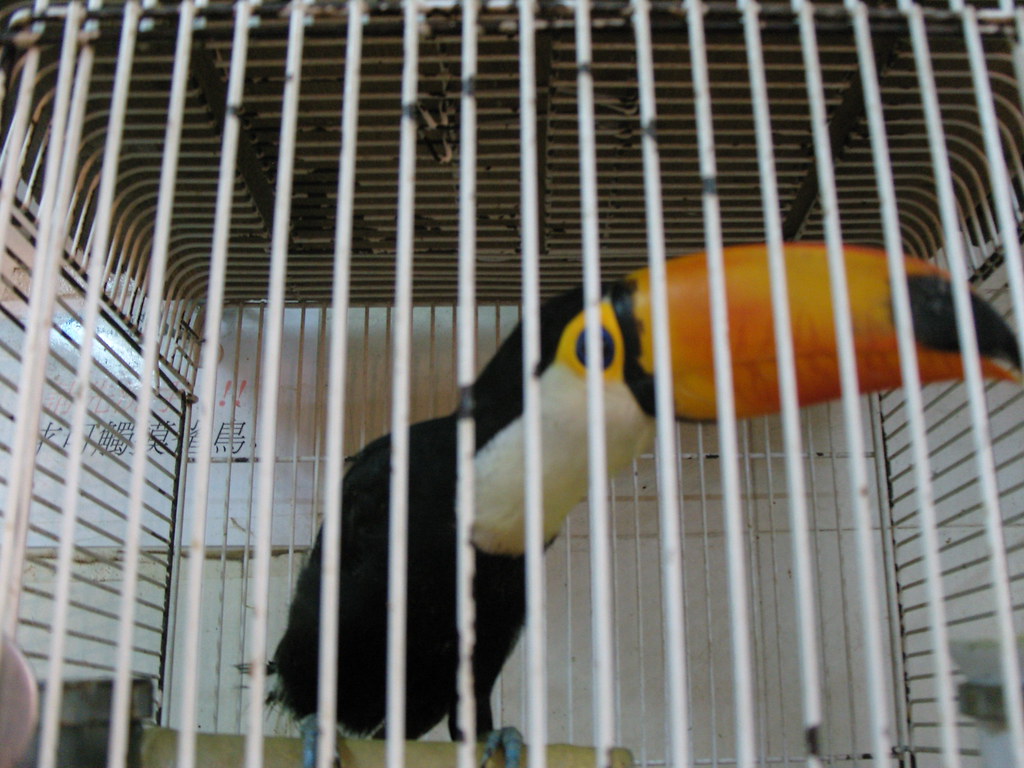
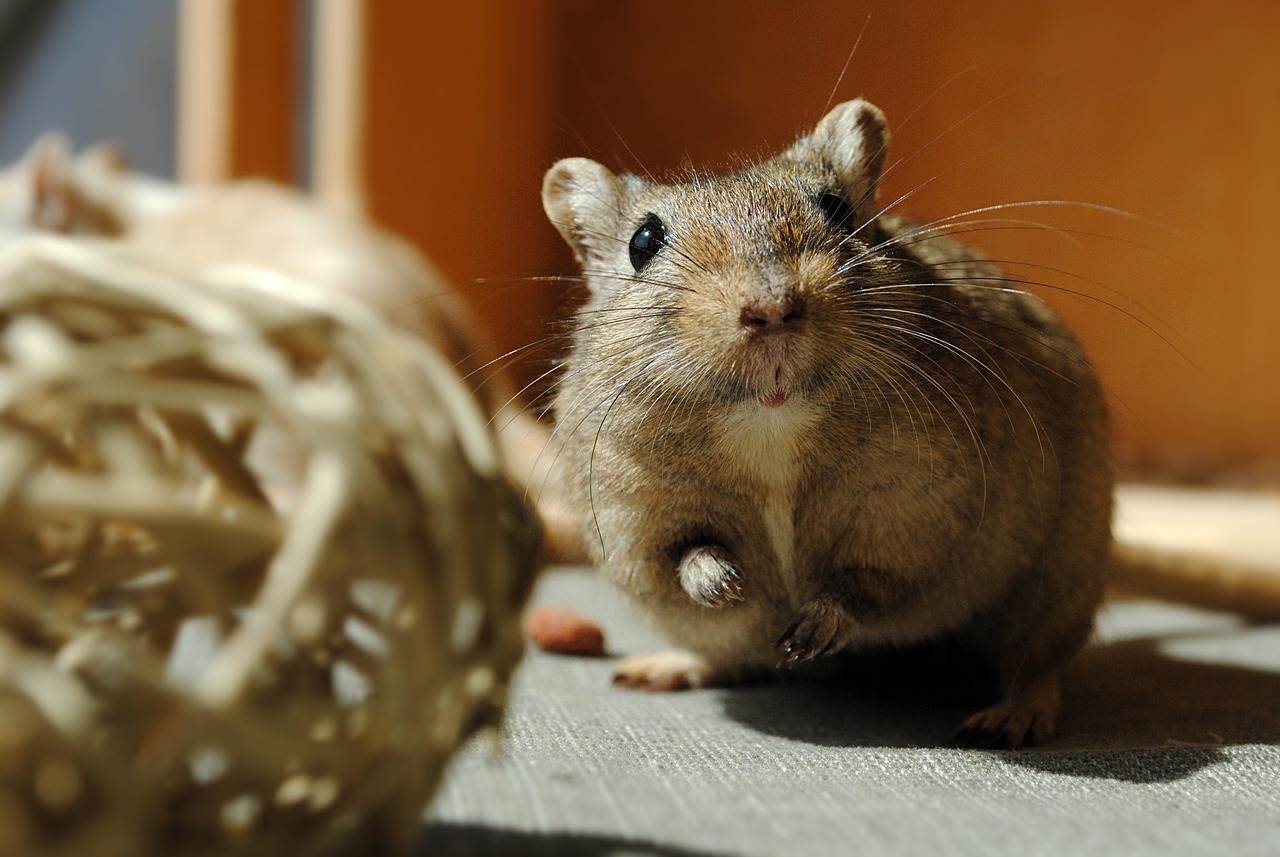
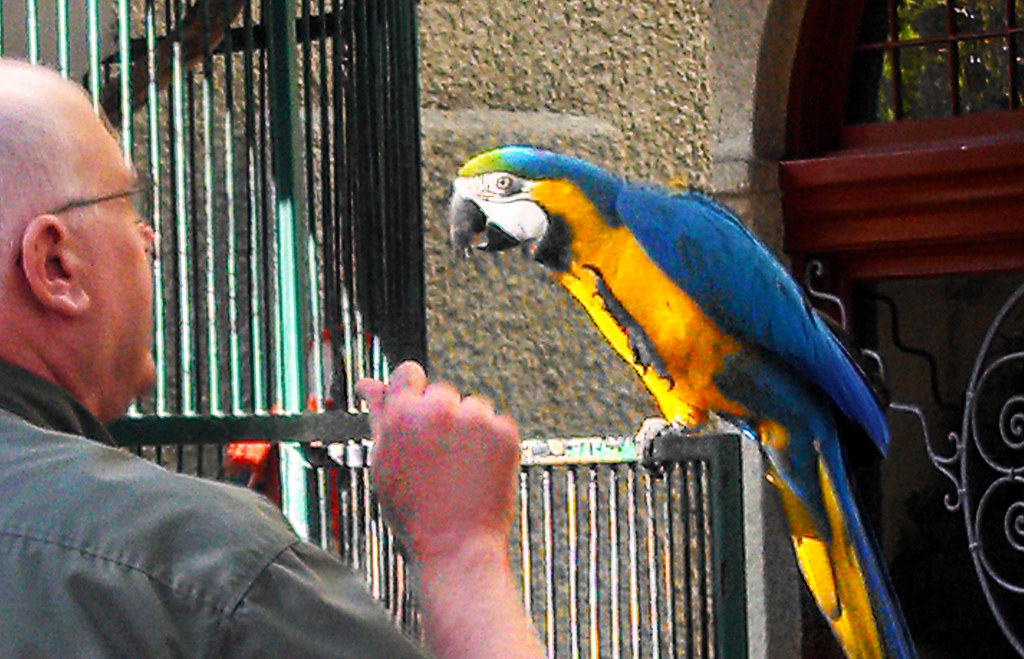
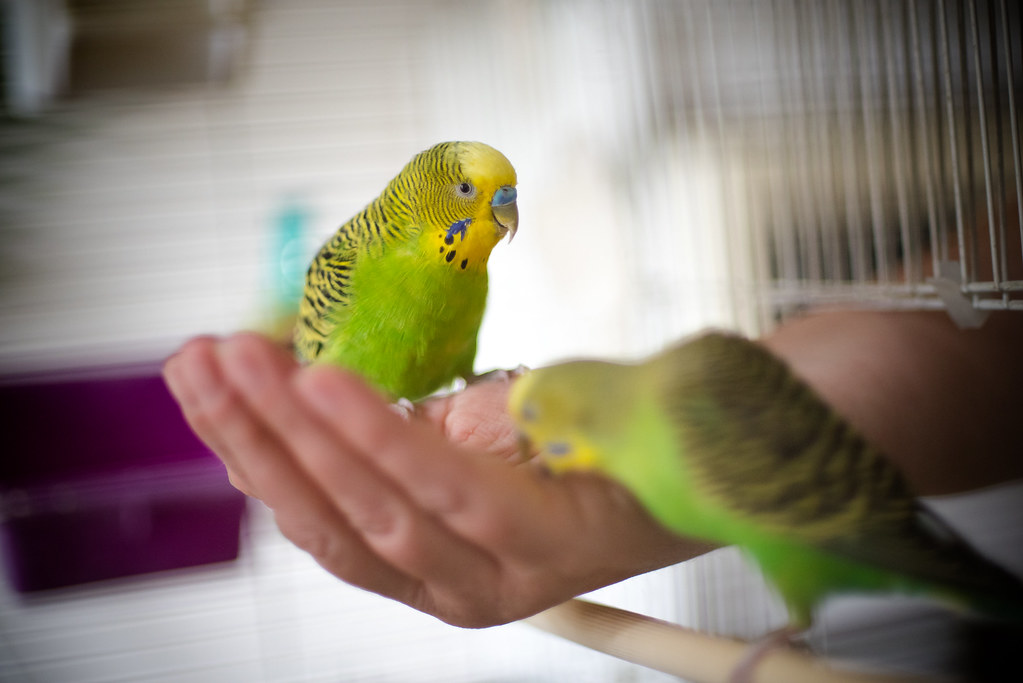
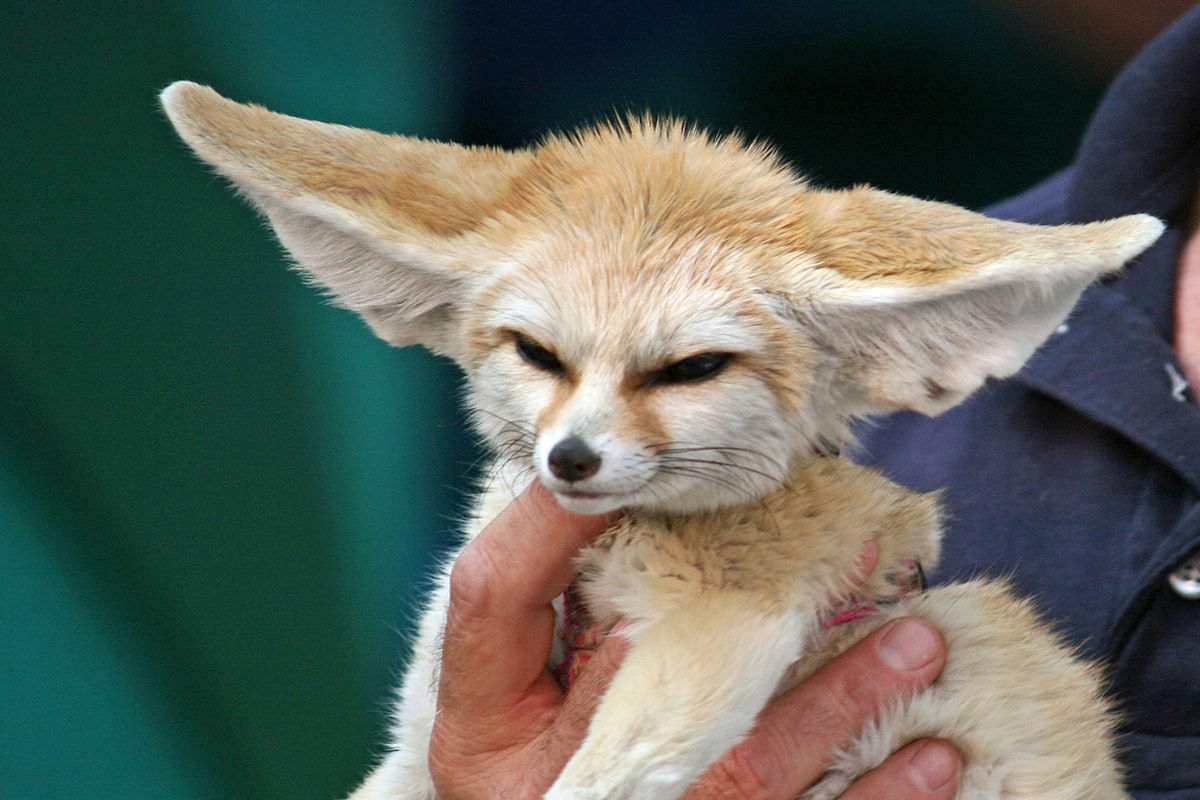

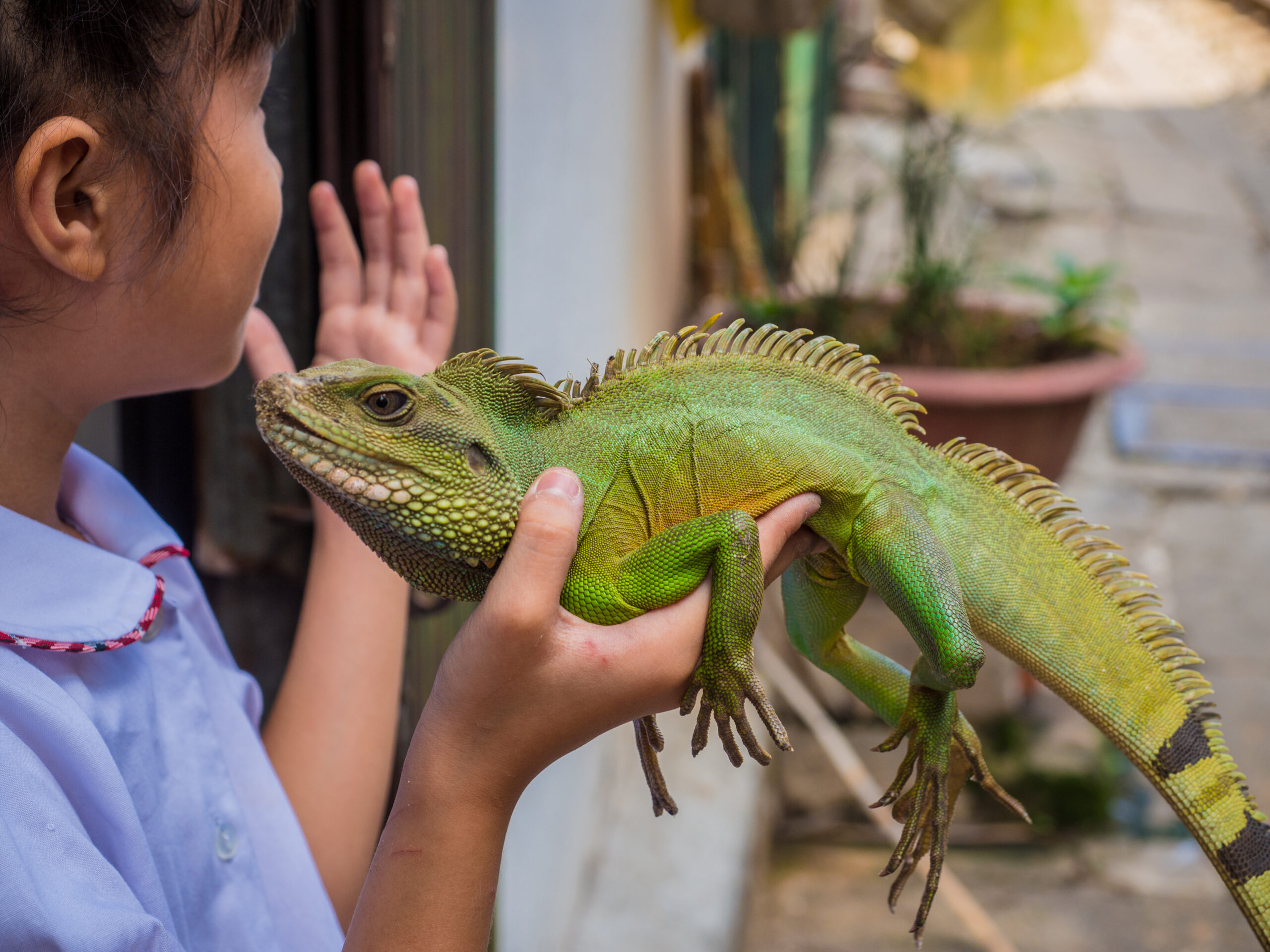
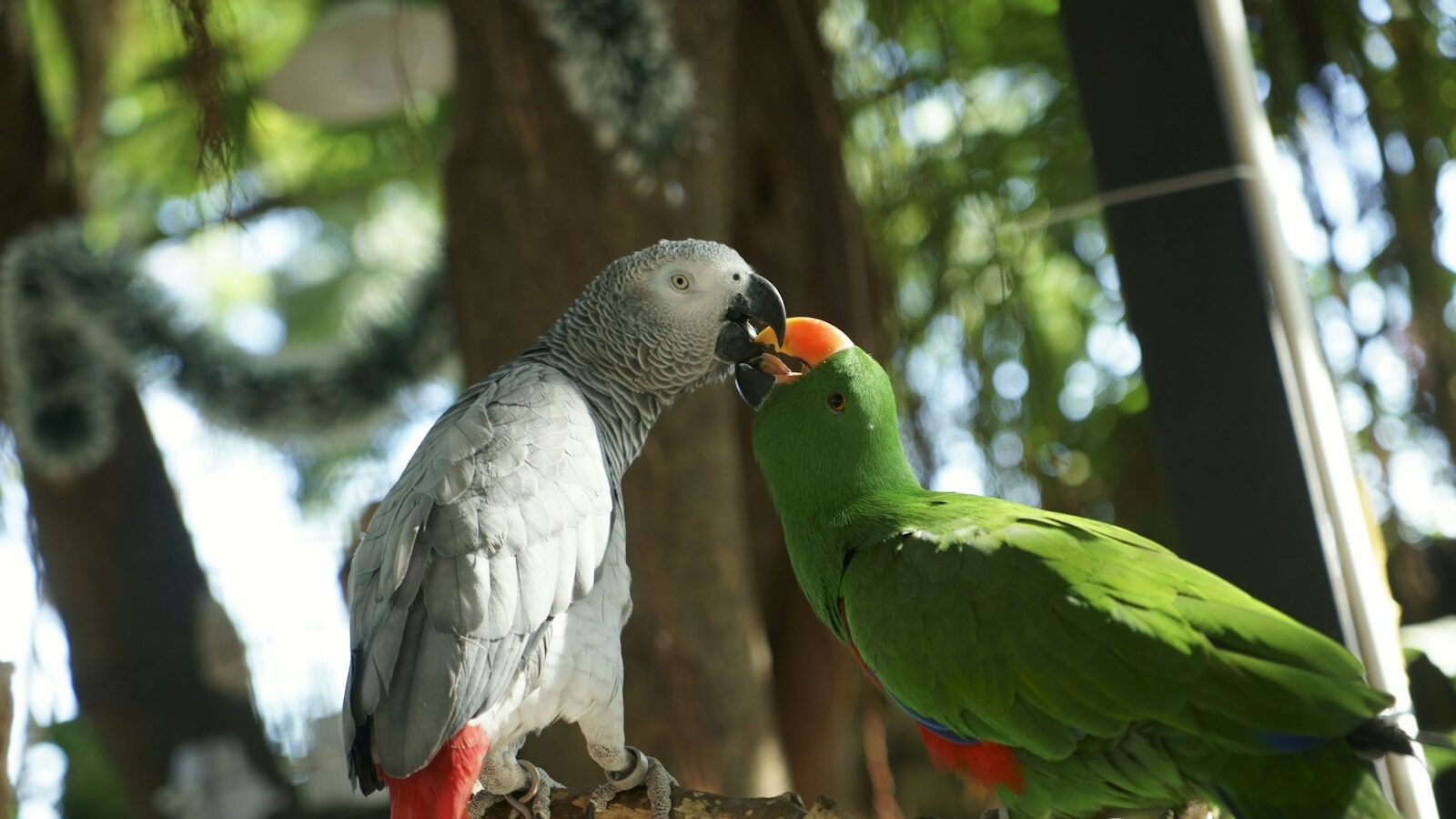



Leave a Reply